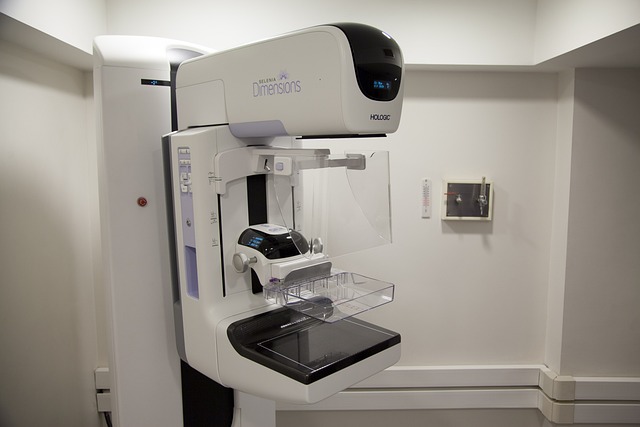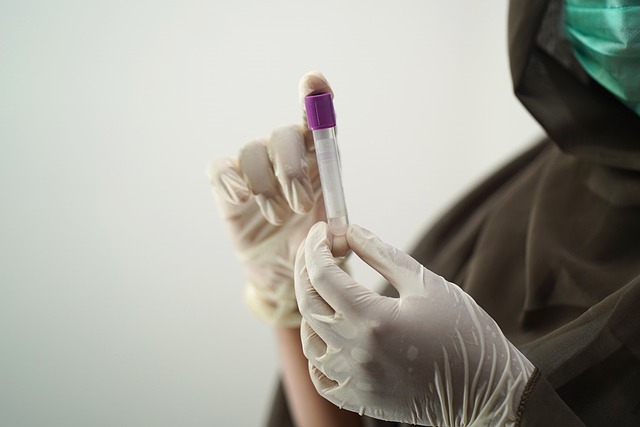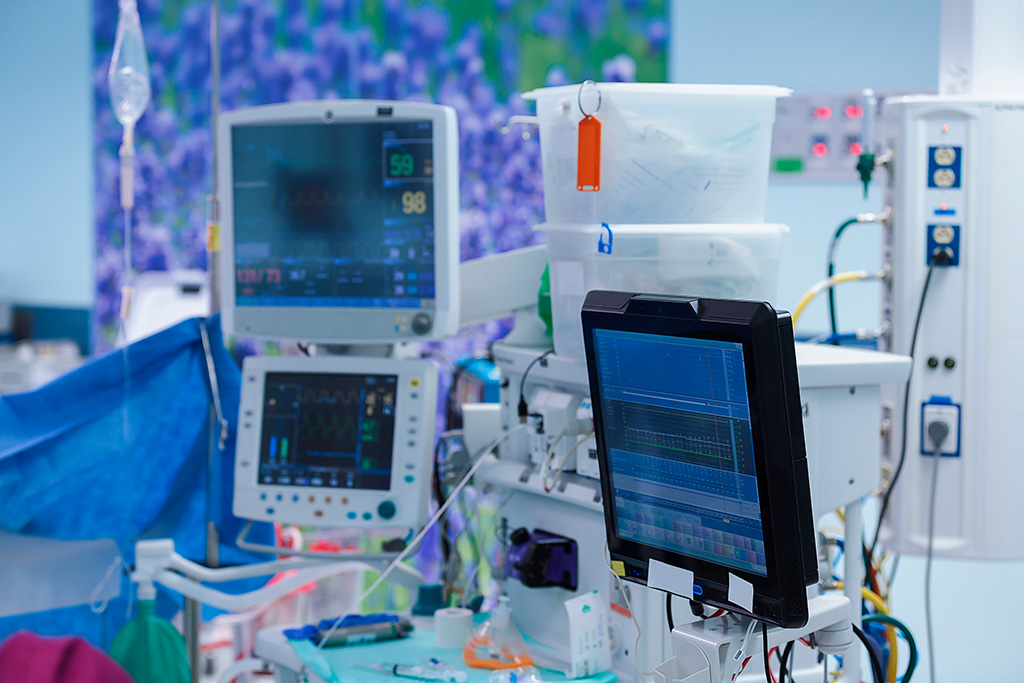
Point-of-care testing (POCT) has emerged as a promising approach to improve healthcare delivery by providing rapid diagnostic results at the patient's bedside. This article aims to decode the benefits of POCT, exploring its advantages, challenges, and accuracy in diagnostic testing devices.
Additionally, it will delve into the role of POCT in remote areas and its potential to bridge the healthcare gap. By examining the impact of POCT on healthcare delivery, this article seeks to shed light on the significance of this innovative approach in improving patient outcomes and access to timely medical care.
Key Takeaways
- Rapid diagnostic tests offer several benefits including improved patient outcomes, increased efficiency in healthcare delivery, reduced costs, and convenience for patients.
- Accuracy of POC testing devices is a major challenge, with limitations in sensitivity, specificity, and the potential for false positive or false negative results. Thorough validation studies and comparison to gold standard laboratory methods are necessary for assessing their accuracy.
- POC testing plays a crucial role in remote areas by providing timely and accessible diagnostic services, bringing diagnostic capabilities directly to underserved areas, and enabling rapid and accurate testing for diseases like malaria and HIV.
- The impact of POC testing on healthcare delivery includes increased accessibility to diagnostic services, improved patient outcomes through timely diagnosis, cost-effectiveness in healthcare delivery, and a reduction in unnecessary referrals and hospital visits. It also allows centralized laboratories to focus on complex cases.
The Advantages of Point-of-Care Testing
The advantages of point-of-care testing include improved patient outcomes, increased efficiency in healthcare delivery, and reduced costs.
One key benefit is the convenience it offers to patients. Point-of-care tests can be performed at the bedside or in a clinic setting, eliminating the need for patients to travel to a laboratory facility. This saves time and reduces the burden on patients, especially those who live in remote areas with limited access to healthcare services.
Additionally, rapid diagnostic tests enable faster diagnosis compared to traditional laboratory testing methods. This allows for prompt initiation of appropriate treatment and management plans, leading to improved patient outcomes.
Moreover, point-of-care testing can streamline healthcare delivery by reducing waiting times and enabling timely decision-making by healthcare providers.
Overall, these advantages contribute to enhanced patient experiences and more efficient use of resources within the healthcare system.

Challenges of Rapid Diagnostic Tests
One of the difficulties encountered with rapid diagnostic tests is their limitations and drawbacks. While these tests offer the advantage of providing quick results, they may not always be as accurate as laboratory-based testing methods. Rapid diagnostic tests rely on specific markers or antigens to detect a particular disease or condition, which can sometimes result in false positive or false negative results. Moreover, these tests may have limited sensitivity and specificity compared to more sophisticated laboratory techniques.
Additionally, the shelf life of rapid diagnostic kits can be short, requiring proper storage conditions to maintain their effectiveness. Another challenge is the cost associated with these tests, as they can be relatively expensive compared to traditional lab-based diagnostics. Lastly, training healthcare professionals on how to correctly perform and interpret rapid diagnostic tests presents its own set of challenges.
- Limited accuracy compared to lab-based testing
- Potential for false positive or false negative results
- Limited sensitivity and specificity
- Shelf life and storage requirements
- Cost implications
Assessing the Accuracy of POC Testing Devices
Assessing the accuracy of POC testing devices requires careful evaluation of their performance characteristics and comparison to gold standard laboratory methods.
Point-of-care (POC) testing has become increasingly popular due to its ability to provide rapid results, allowing for timely diagnosis and treatment decisions. However, it is important to consider the reliability and limitations of these devices.
While POC tests offer convenience and accessibility, they may not always match the accuracy of traditional laboratory-based tests. Factors such as user error, variations in sample collection techniques, and instrument calibration can affect the reliability of POC testing results.
Additionally, some POC tests have lower sensitivity and specificity compared to laboratory methods, leading to potential false-positive or false-negative results. Therefore, thorough validation studies must be conducted before implementing POC testing devices in clinical settings to ensure their accuracy and reliability in delivering accurate diagnoses.
POC Testing in Remote Areas: Bridging the Healthcare Gap
Implementing point-of-care testing in remote areas can help bridge the healthcare gap by providing timely and accessible diagnostic services.

Access to healthcare is a major challenge faced by individuals residing in remote regions, where distance and lack of infrastructure make it difficult to access medical facilities. Point-of-care testing devices offer a solution by bringing diagnostic capabilities directly to these underserved areas. These portable devices enable healthcare providers to perform tests at the patient's location, eliminating the need for transportation to distant laboratories.
Rapid diagnostic tests, such as those for malaria or HIV, can be conducted quickly and accurately using these devices. This not only improves patient outcomes by enabling early detection and treatment but also reduces the burden on healthcare systems by minimizing unnecessary referrals and hospital visits.
By increasing access to quality healthcare services, point-of-care testing in remote areas plays a crucial role in improving overall health outcomes and reducing health disparities.
The Impact of POC Testing on Healthcare Delivery
Expanding the availability of point-of-care testing can enhance healthcare delivery by increasing accessibility to diagnostic services and improving patient outcomes. This technology allows for rapid and convenient testing at the point of care, eliminating the need for patients to travel long distances or wait for laboratory results. The impact on patient outcomes is significant, as timely diagnosis leads to prompt initiation of treatment, reducing complications and improving overall health outcomes.
Furthermore, POC testing has proven to be cost-effective in healthcare delivery. By providing immediate results, unnecessary hospital admissions and additional follow-up visits can be avoided, resulting in cost savings for both patients and healthcare systems. Additionally, the ability to perform tests at the point of care reduces the burden on centralized laboratories, enabling them to focus on more complex cases.
In conclusion, POC testing plays a crucial role in improving healthcare delivery by enhancing accessibility to diagnostic services and positively impacting patient outcomes. Its cost-effectiveness further strengthens its value in healthcare systems worldwide.
Frequently Asked Questions
How do point-of-care testing devices compare to traditional laboratory testing methods?
Point-of-care testing devices offer several advantages over traditional laboratory testing methods. They provide faster results, require smaller sample volumes, and can be used in remote areas with limited access to laboratories. However, they may have lower accuracy compared to lab tests.

Are there any limitations or drawbacks to using rapid diagnostic tests?
Limitations and drawbacks of rapid diagnostic tests include potential for false positives or negatives, limited test menu, and higher cost compared to traditional laboratory testing. However, they offer fast results, convenience, and accessibility in remote areas.
What are the factors that affect the accuracy of point-of-care testing devices?
The accuracy of point-of-care testing devices can be affected by various factors. Environmental conditions, such as temperature and humidity, can impact the performance of these devices. Quality control measures are crucial to ensure reliable and accurate results.
How do healthcare providers in remote areas access and utilize point-of-care testing?
Healthcare providers in remote areas access and utilize point-of-care testing to improve healthcare access in rural areas. This enables timely diagnosis and treatment, reduces travel time and costs, and enhances patient outcomes in underserved populations.
What are the potential cost savings or cost-effectiveness of implementing point-of-care testing in healthcare delivery?
Implementing point-of-care testing in healthcare delivery has the potential for cost savings and cost-effectiveness. It can reduce unnecessary referrals, hospital admissions, and laboratory costs, while improving patient outcomes and streamlining healthcare delivery.
 GadgetsProduct ReviewsSmart DevicesDronesVirtual DevicesPrivacy PolicyTerms And Conditions
GadgetsProduct ReviewsSmart DevicesDronesVirtual DevicesPrivacy PolicyTerms And Conditions
